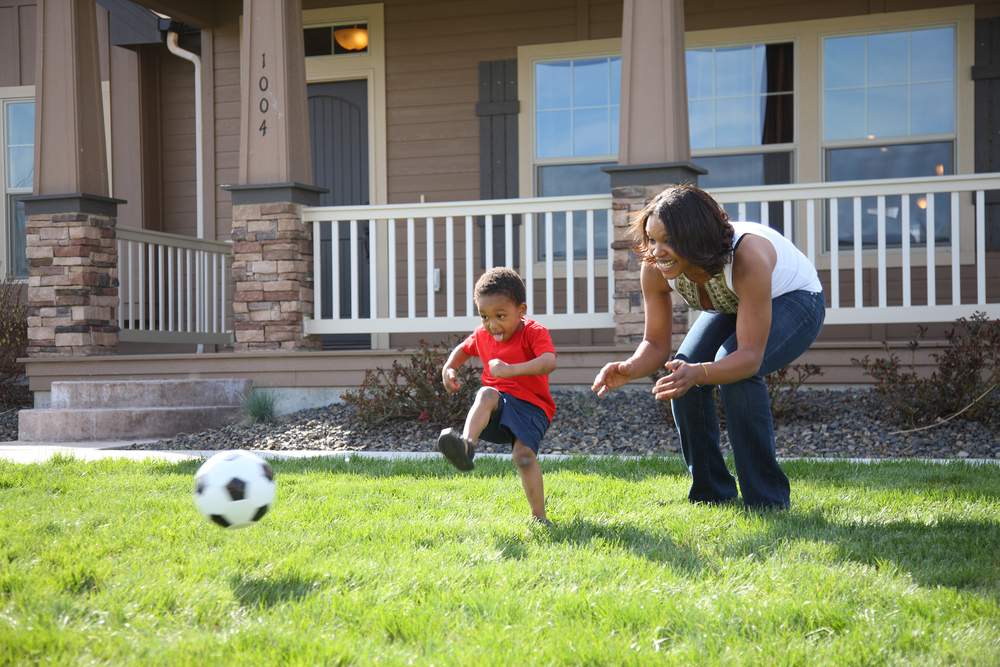We’ll give you the goods on how such assistance operates so you can take advantage of it soon.
What percentage of your monthly income goes towards paying the rent? If you’re like many, the simple answer is “too much.”
It certainly seems as if rent keeps going up while income stays the same, but unless you get another job or start doing side gigs, you’ll need to find other ways to reduce this necessary expense. What’s one of the best ways that may be overlooked? Assistance from the government, or specifically, public housing.
If you’ve heard of it before, you may think that public housing involves living in some massive, rundown government building that looks like something out of a post-apocalyptic world.
Luckily, that’s not the case, as public housing is safe and suitable for raising a family. Best of all, it’s very affordable, which is why you should apply if you’re looking to cut your rent costs.
Before you apply, let’s take a closer look at the basics of public housing, so you know what you’re in for.
Public Housing Background
The HUD or U.S. Department of Housing and Urban Development is in charge of public housing. Unlike other living situations where you have a landlord who owns the private property, the government will be in charge here as housing is state-owned. Who will you deal with to get housing and maintain it while you’re a tenant? The local Public Housing Agency or PHA.
If those three letters seem familiar, it’s because the PHA also administers the popular Section 8 program. And while Section 8 and public housing fall under the HUD and even have similar eligibility requirements, here’s where they differ most: How you pick your housing.
With Section 8, you pick where you’re going to live. Once you get approved for a housing voucher, the PHA pays the landlord each month, and you pay the remainder. You don’t pick where you live with public housing, as the PHA will do that for you.
Does this mean you’re limited to living in a specific type of property? No, because as with Section 8, public housing offers these options for those who qualify: Apartment, townhome, or single-family home.
Eligibility for Public Housing
When you apply for public housing through your PHA, which you can find here, they’ll use various factors to determine your eligibility.
To start, you’ll need to qualify as a low-income family, senior citizen, or someone with a disability. You’ll need to have proper citizenship too. Most importantly, you’ll need to qualify based on income. In other words, you won’t be able to make more than a certain amount and qualify for public housing, as it’s meant to help those with a financial need.
Applying for Public Housing
If you feel like you need public housing due to low income or other factors, you can begin the application process by contacting your PHA. They will require certain information and documents to process your application, and they will also interview you to determine if you are a suitable tenant.
Receiving Public Housing
If you qualify for public housing, your next step will be to sit on a waiting list until your spot comes up. The wait for public housing is usually long, but it could be accelerated if you live where demand is low or you have special circumstances like currently living in substandard housing.




